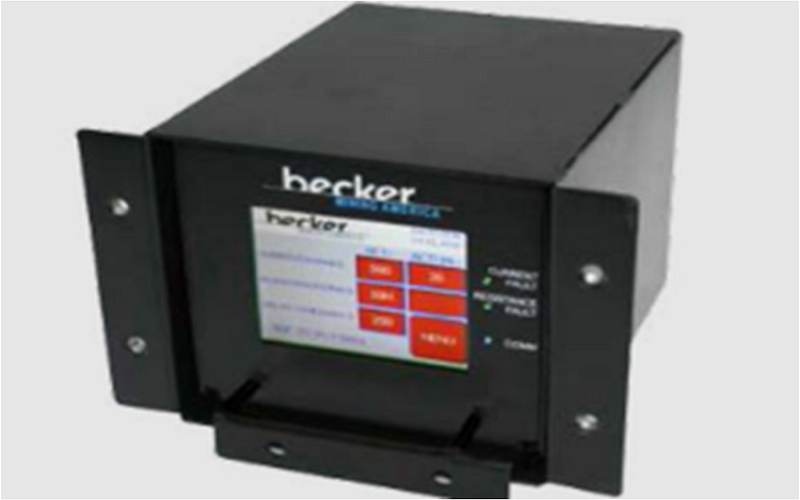The world’s third-largest car market and third-largest energy consumer, India must make the switch to electric vehicles. The government has recognized the urgency of the situation and has taken initiatives, the first steps on a long road.
Today, I give a bottle of water to my son when he goes to school because the water from the taps is not drinkable. What scares me is that our children may have to carry oxygen cylinders in the future, if the air quality continues to deteriorate at this rate ,” remarks Sriram Goplakrishnan, director of research and development in India by Valeo, a French automotive supplier, at the recent clean air summit in New Delhi.
India is suffocating under pollution. According to a recent study conducted by AirVisual and Greenpeace, seven of the ten most polluted cities in the world are located in India. At the top of the list, devised in 2018, is Gurugram, a city located about 30 km southwest of New Delhi, the capital city of India.
There are many causes of pollution. Air pollution occurs both in the personal and professional context and occurs especially during daily activities, such as driving. According to a study by the Energy and Resources Institute (TERI), automobile pollution is responsible for 28% of fine particulate matter (2.5 PM) emissions in Greater Delhi, emissions which are between 50 and 100 times above the acceptable level, all year round. Automotive pollution is shared between: trucks and tractors which generate 9% of these toxic emissions; two-wheelers and three-wheelers which produce 7% and 5% respectively; cars and buses which generate 3% each; and light commercial vehicles which produce 1%.
Each autumn, pollution in Delhi worsens as farmers in northern states burn stubble from the previous harvest to prepare fields for winter planting. Even though the practice has been banned, farmers, especially those with small holdings, continue to do so because the alternatives are expensive and time-consuming. Another time of year when pollution peaks is during celebrations of Diwali, India’s festival of lights, when millions of firecrackers go off and fireworks go off, so that the whole city as well as the plains north of the country are shrouded in a dense, suffocating haze that takes days to dissipate.
Unable to control farmers or Diwali celebrations, the government has tried to tackle pollution by cracking down on construction activities, industry and automobiles. Motor transport accounts for only 11% of total air pollution nationwide. However, it is much higher in Delhi, with an extremely high automobile density, estimated at around 11 million vehicles, including around two million cars and seven million two-wheelers, which are the main sources of automobile pollution.
Due to the increase in population and rising disposable incomes, the number of cars and two-wheelers has rapidly increased. The situation is similar in other major cities such as Bengaluru (capital of the southern state of Karnataka) and Mumbai (capital of Maharashtra in the west). After Delhi, Bengaluru has the highest number of vehicles, with a total of over seven million, compared to around three million in Mumbai, excluding the Greater Mumbai region.
Ambitious goals
Recognizing the fact that to reduce air pollution, automobile emissions must be reduced, or even better reduced to zero, the Indian government has pushed the industry to move rapidly towards electric vehicles and has also promoted public transport allowing people to leave their cars at home. Three years ago, the government announced the ambitious target of going 100% electric vehicles by 2030, sparking an outcry in the industry that hadn’t even begun to set foot in the market. electric vehicle sector. “I will, whether you like it or not.
Compared to EU countries, such as France, the UK and Germany, which only plan to phase out conventional combustion engine cars in 2040, this was an extremely ambitious goal on the part of India. And in July this year, much to the relief of industry players, the government relaxed its target, which is now 30% electric vehicles of all new vehicles produced in 2030.
The easing was indeed timely for an auto industry, which has faced significant challenges over the past year. After two decades of double-digit growth, new car sales in India have fallen by 28%, forcing all manufacturers to halt production, at least for several weeks, as dealers refuse to stock more cars.
Although their goal of going electric has been reduced by 70%, the Indian automotive industry has not even started its long journey towards this transformation. In 2017, a year marked by a slowdown, the sector produced 2.5 million cars. Yet, at the end of 2017, there were only 6,000 electric cars capable of driving on the country’s highways, while 3,600 electric cars were sold in the same year, representing less than 0.14% of total sales. The industry has ten years to bring that figure to 750,000, although no growth is expected for the automotive market over the next decade, despite India’s population growing by at least 20% over the same period.
According to Nitin Gadkari, the Minister of Road Transport and Highways, the northern state of Uttar Pradesh is surprisingly the leader in the race to electric with nearly 139,000 battery-powered vehicles, followed by Delhi with its 76,000. electric vehicles. Most of these vehicles, however, are rickshaws or electric carts, legalized in 2015 following the adoption of a law that recognizes them as motor vehicles.
Although they represent a larger share of total sales, e-rickshaws and two-wheelers have their own set of challenges. Because of their limited range and range, even for short trips around town, two-wheelers are used more as secondary vehicles in a household. Despite the subsidy offered by the government, the prices of these two-wheelers put them beyond the reach of most buyers, even those who are relatively affluent but for whom price is still an important factor.



